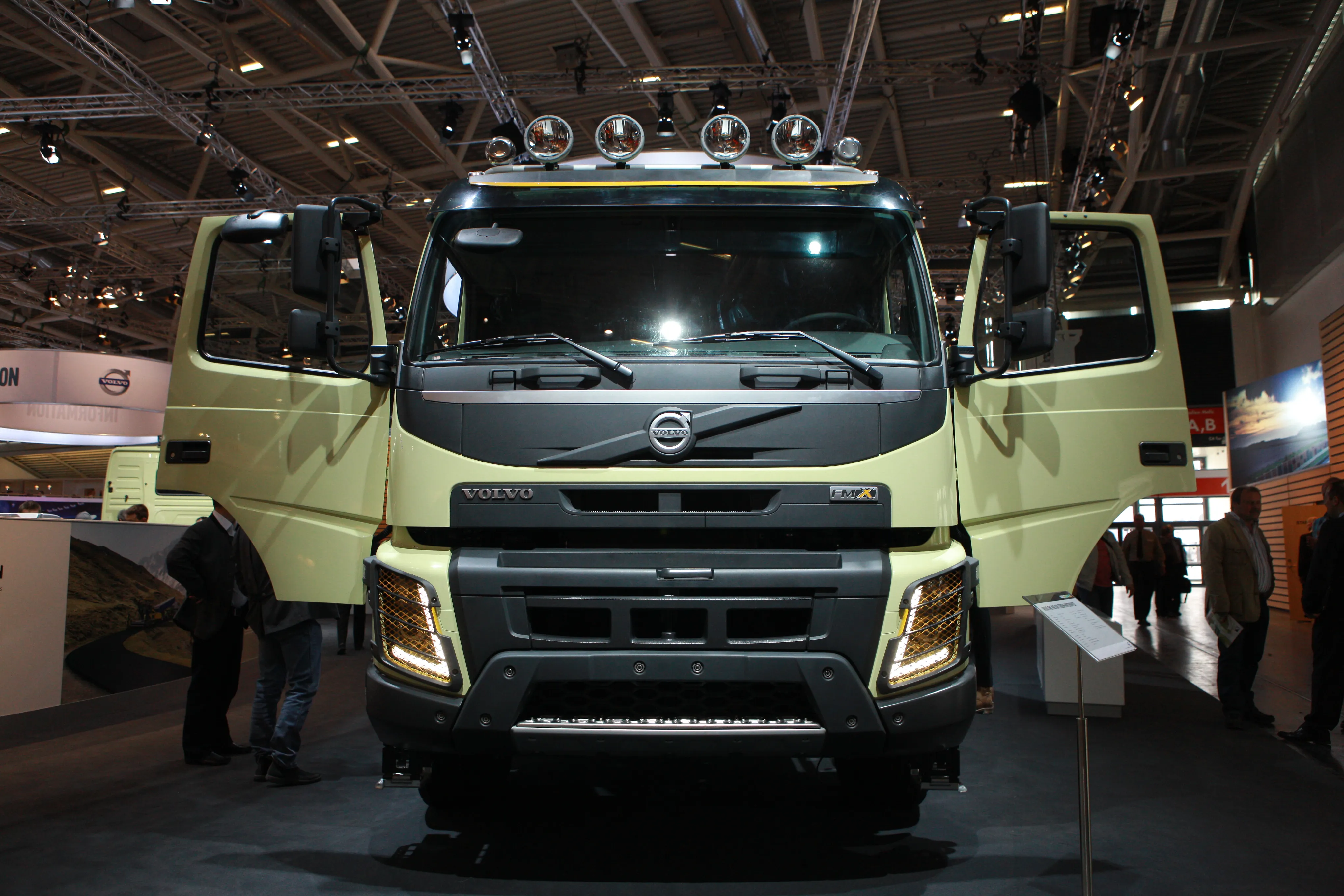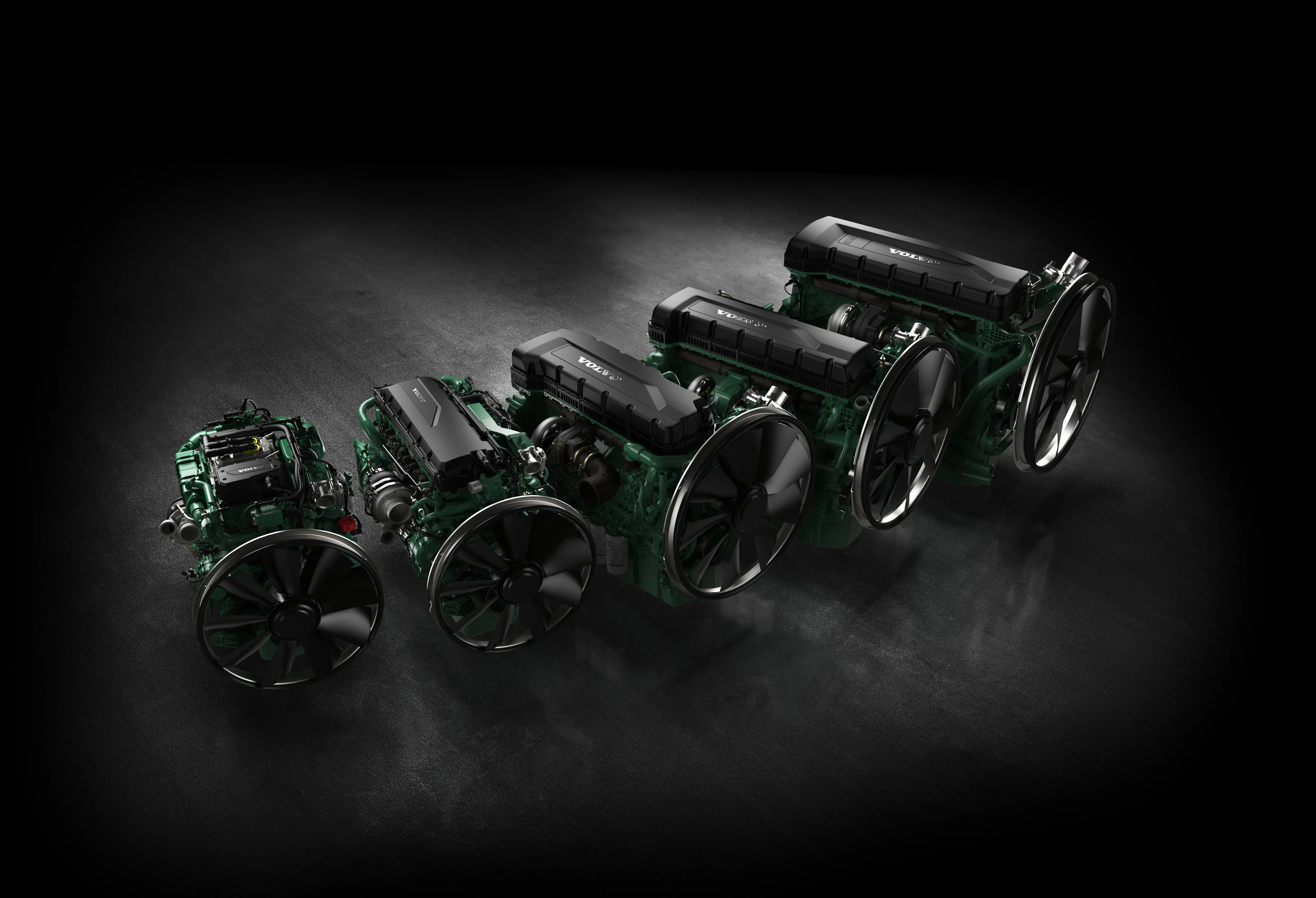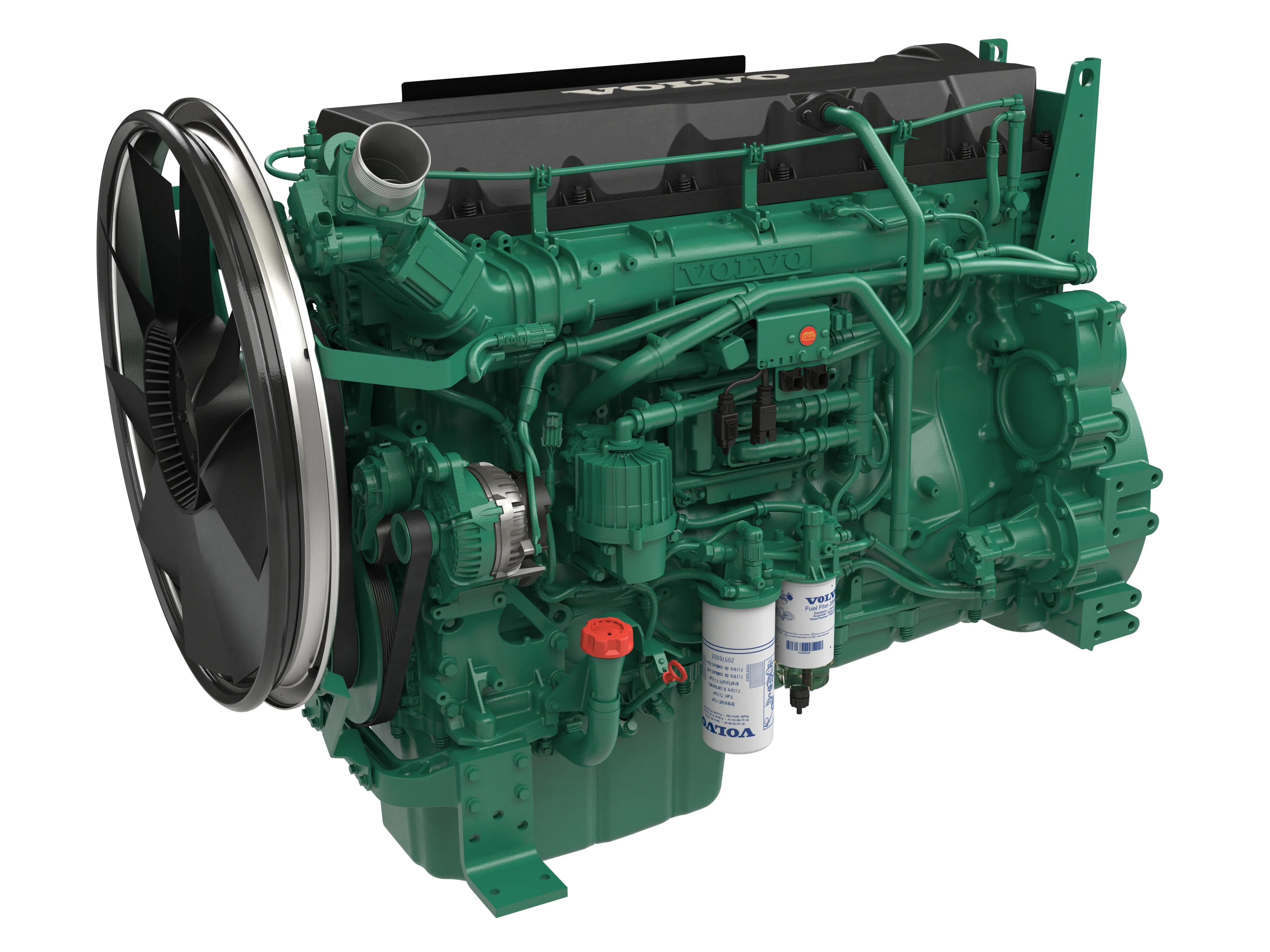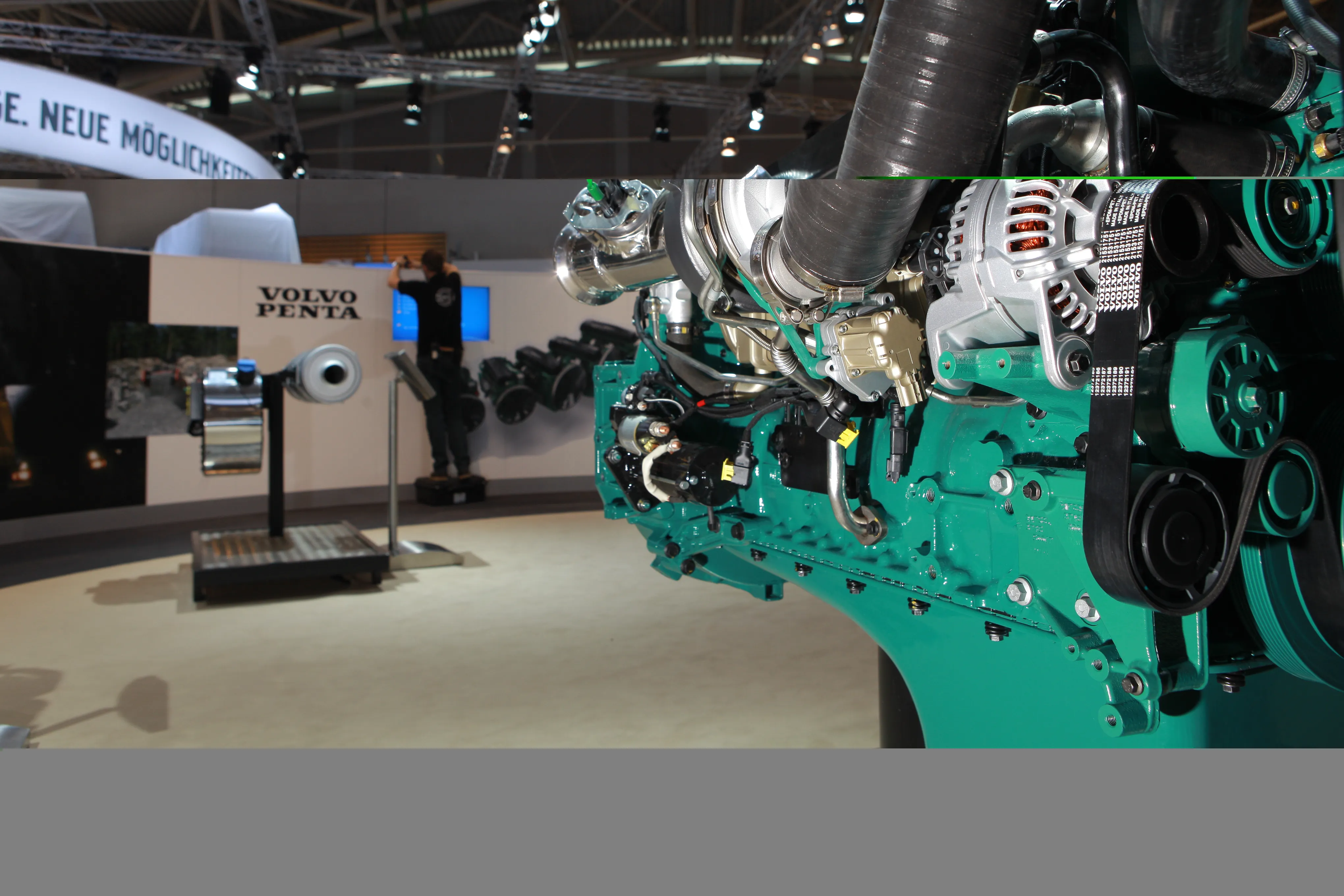Volvo Trucks has updated its FMX construction tipper range, first launched in 2010. The latest FMX adopts the Euro 6 engine line-up introduced earlier this year in the firm’s on-highway FM and FH trucks, with D11 offerings at 246-335kW and D13 engines delivering 313-402kW. These engines are equipped with non-cooled exhaust gas recirculation (EGR) and a diesel particulate filter (DPF). The FMX range is available with Volvo Dynamic Steering (VDS), which uses an electric motor to assist the hydraulic power ste
January 6, 2017
Read time: 2 mins

The latest FMX adopts the Euro 6 engine line-up introduced earlier this year in the firm’s on-highway FM and FH trucks, with D11 offerings at 246-335kW and D13 engines delivering 313-402kW. These engines are equipped with non-cooled exhaust gas recirculation (EGR) and a diesel particulate filter (DPF).
The FMX range is available with Volvo Dynamic Steering (VDS), which uses an electric motor to assist the hydraulic power steering pump. This results in considerably reduced driver effort, addressing one of the most frequent occupational injuries suffered by commercial vehicle drivers.
“At low speeds the electric motor replaces the driver’s muscle power,” said Gustav Neander, VDS project manager. “Instead the driver can relax and steer without any effort and strain.”
Volvo has also introduced a rear air suspension system that combines ride quality with enhanced ground clearance. “The new air suspension system creates excellent drivability and is tailor-made for construction work without any compromises,” said Claes Nilsson, president of Volvo Trucks.Stands:
C4.319/719
F5.512/514
%$Linker:








